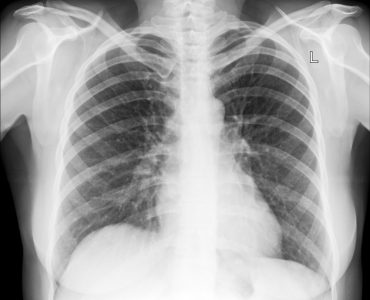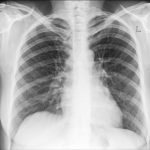Diagnosis:
Osteoporosis cannot be diagnosed at an early stage until a bone has broken; even an X-ray would not be able to explain the bone density but is important to spot fractures in the spine.
The DEXA scan that is Dual Energy X-ray Absorptiomerty is a scan that explains the bone density and shows the comparison to normalcy. If you are given a T in the scan then you fall in the normal range, if the score is below the required you have a problem called osteopenia which falls in between normal and osteoporosis and if the score is even lower then you are diagnosed with osteoporosis. DEXA is a scan which aids us in gauging the potency of the bones and the hazard of fracture.
Treatment:
There are various treatments offered for osteoporosis. Such as;
Bisphosphonates: these are medications which help low the fracture rates and sustain bone density. The speed at which the osteoclasts collapse is reduced and the fabrication of the fresh bones boosts.
Increment in calcium and vitamin D: Vitamin D and calcium supplement are very helpful to elderly people whether female or male, as it aids in lowering the hazards of hip fracture. The intake of calcium at young age is advisable as it is essential in reducing the risk, more so in females. The aim should be to take in at least 700mg of calcium daily, which counts up to about a pint of milk. People over the age of 65 are advised to take supplement of vitamin D.
Calcitonin: It is a hormone produced by the thyroid gland and it holds back the breakdown of the bone by the cells.
SERMs that is selective estrogens receptor modulators: This medication that has a comparable result on the bone same as oestrogen hormone. They aid in maintain the density of the bone and lower the risks of fractures, especially in the spine.
Testosterone treatment: This is a treatment which is in case of men when there is inadequate supply of testosterone that is the male sex hormone.
HRT-Hormone replacement therapy: This is a treatment taken by women in the menopause phase as it aids in maintaining the density of the bone and lower the risk of bone fractures.
Complications:
This condition usually affects the height when there are fractures in the spinal cord, as it cannot bear the weight of the body. There are occurrences of fractures with even small falls. A few people cannot even be self dependent due to this condition.
Prevention:
Most importantly would be taking good care of one self, like making your house safe from falls due to wires which come in the way or even slippery carpets or rugs and even the bath area should the safe.
Weight bearing exercises for the legs and feet as they aid in strengthening the joints, muscles and ligaments.
Regular exercises are essential in maintaining the bone density and preventing osteoporosis. Resistance exercises like weight lifting, press-ups and weights at the gym.
Lastly but most importantly following a well balanced diet with a lots of calcium and vitamin D, reducing the intake of alcohol and even intake of tobacco.
Osteoporosis II

Let us know if you liked the post. That’s the only way we can improve.










